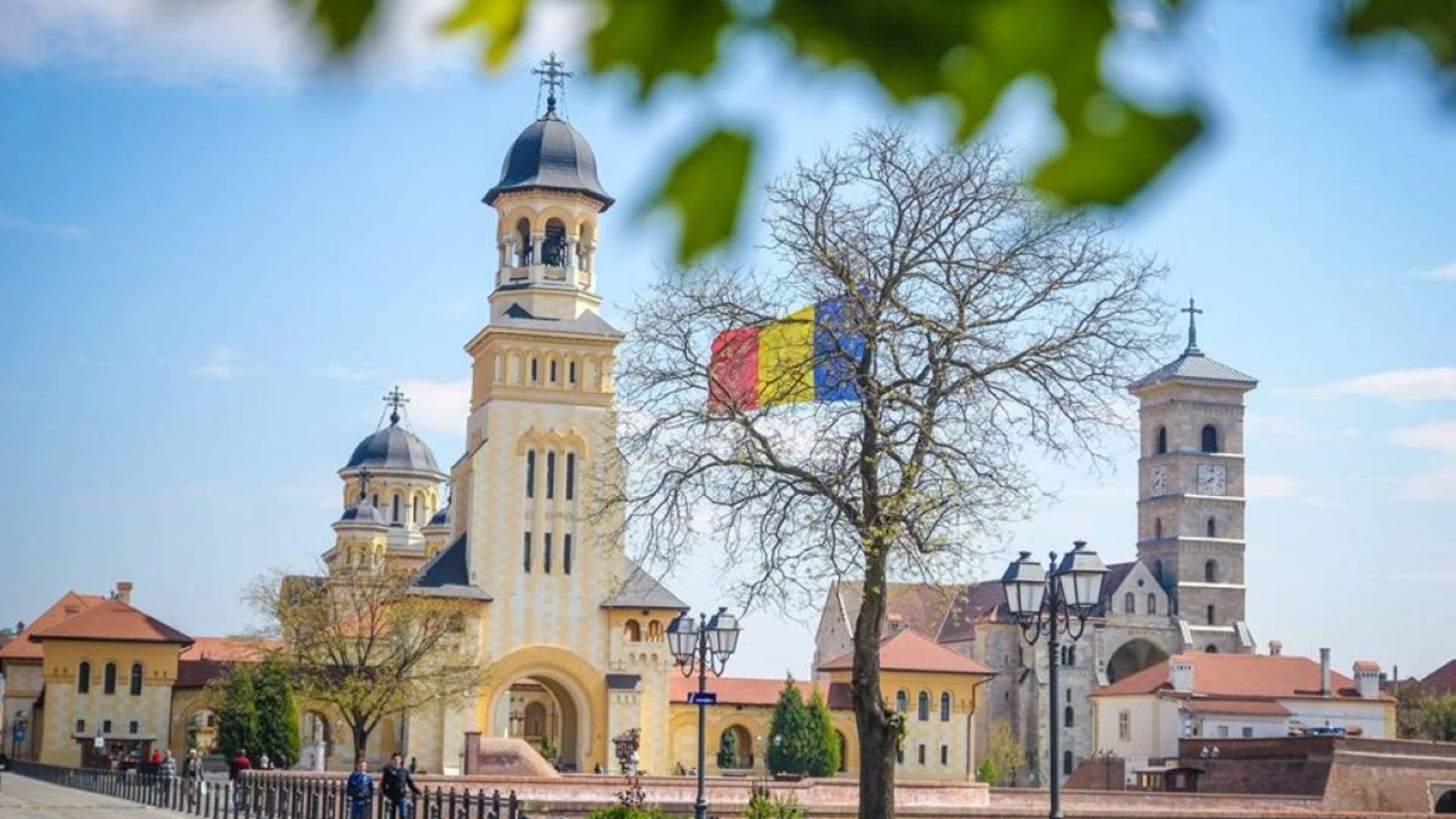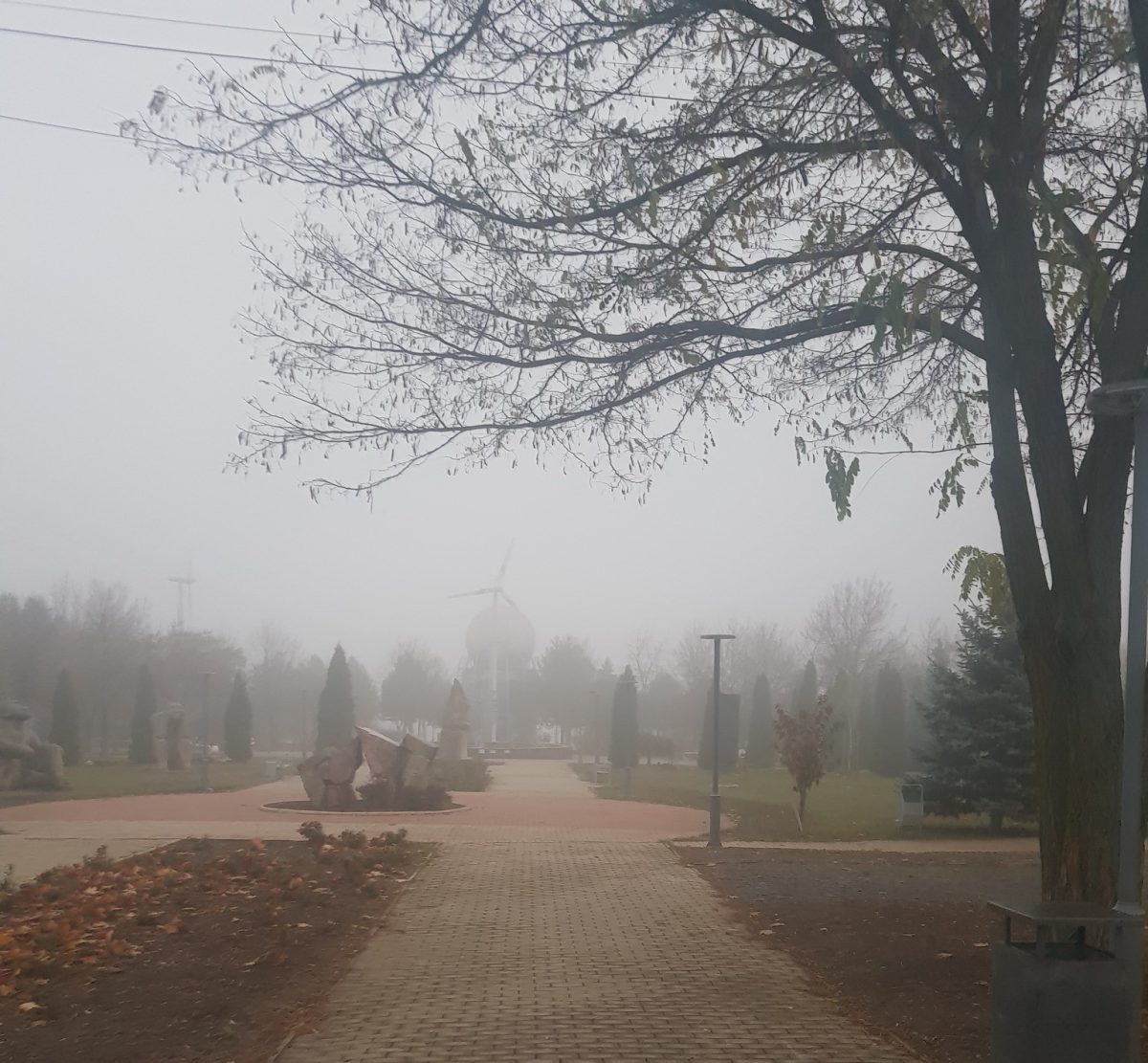The Union National Museum of Alba Iulia announced on Monday an exceptional archaeological discovery made in September, in the eastern part of Alba Carolina Citadel, the ruins of the St. George medieval gate have been identified above the Porta Praetoria, the main gate of the Roman castrum of the 13th Legion Gemina.
"In September this year, the team led by Dr Anca Timofan, archaeologist at the Union National Museum of Alba Iulia, carried out systematic research on the Capistrano Bastion, which led to an exceptional discovery in the eastern area of the Citadel: the ruins of the St. George medieval gate, built over the main gate (Porta Praetoria) of the castrum of the 13th Legion Gemina. The discovery confirms strategic and urban continuity over two millennia at the same key point of fortifications," the museum informs in a press release.
The excavations uncovered remains from several eras, namely constructions belonging to the Roman era (2nd-3rd centuries AD), the early medieval period (9th-12th centuries), the period of the Principality of Transylvania (16th-17th centuries), the Habsburg rule (18th-19th centuries).
"At the base of the bastion, a segment of the eastern wall of the Roman palestra was discovered - a large rectangular building with a courtyard surrounded by monumental colonnades, where legion soldiers trained. This Roman wall was overlapped by the eastern curtain wall of the medieval fortress. At the top of the bastion, the northern structure of the fortified St. George's Gate complex was found, built outside the curtain wall. Located 3 metres below the current ground level, the side wall and pillars of the corridor between the circular barbican and the entrance tower are built with bricks and limestone fragments, using high-quality mortar," the museum explained.
Archaeologically, it was confirmed that St. George's Gate directly overlays and uses the Roman eastern gate - Porta Praetoria.
"At a depth of around 4 metres, the north tower of the Roman gate was found, its walls built using the opus quadratum technique, large carved limestone blocks bound with mortar. The Roman origin of the eastern medieval gate was noticed by foreign travellers in the 17th century, who mentioned the presence of a large relief sculpture depicting the she-wolf nursing Romulus and Remus, affixed to the façade," the press release also mentions.
Additionally, the archaeological research clarified an important aspect: the eastern wall of the Roman castrum lies approximately 20 metres outside the wall of the medieval fortification, confirming that the two structures did not overlap on the eastern side.
'We could see stratigraphically the systematic demolition of medieval masonry structures carried out by Austrian authorities in preparation for the construction of Alba Carolina Fortress, starting in 1715. Furthermore, part of the Franciscan monastery building was discovered, erected on the Capistrano Bastion between 1725 and 1742. After the siege of 1849, the church and cloister were decommissioned by military authorities,' the museum added.
The St. George Gate holds a strong symbolic value in Romanian national history, having been immortalised in many works of art as the site where Michael the Brave made his triumphal entrance into the city of Balgrad on 1 November 1599.
The archaeological research project, symbolically named "The Gates of the Millennia," will continue until mid-October, when the public will be invited to visit the site and view the spectacular discoveries during a special "Open Doors" event.
'The future of these discoveries lies in continuing exhaustive excavations and adapting the research strategy to the upcoming conservation, restoration and valorisation project of these major monuments, which represent key historical phases in the evolution of Alba Iulia and its impressive fortifications. The systematic archaeological research is organised by the Union National Museum of Alba Iulia, with financial support from the Alba County Council,' the release reads.
According to the quoted source, the castrum of the 13th Legion Gemina is already included on the UNESCO World Heritage List, while the Capistrano Bastion is part of the "Alba Carolina Citadel Fortification Ensemble," a Category A historic monument.




































Comentează